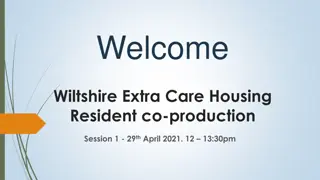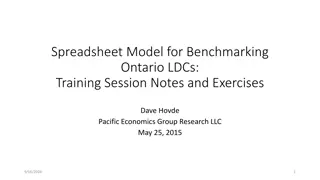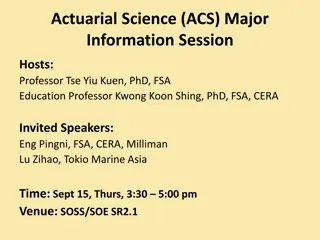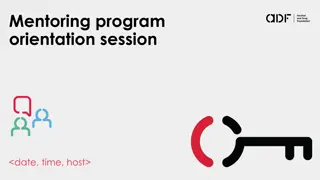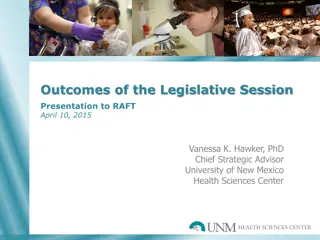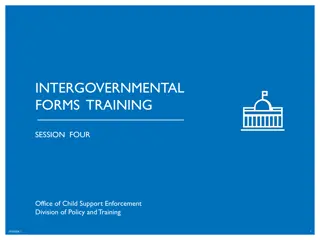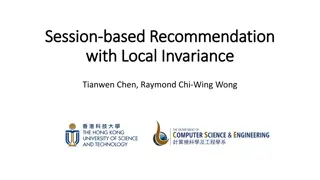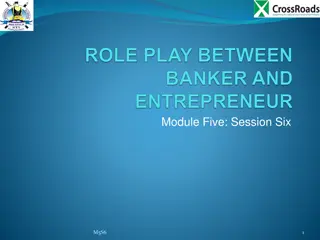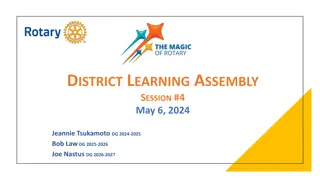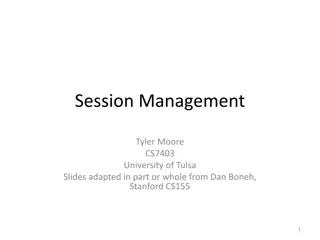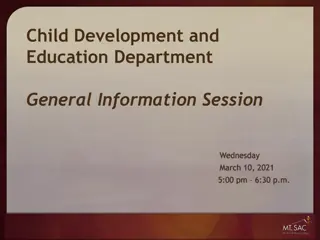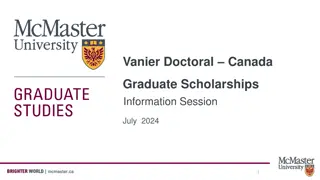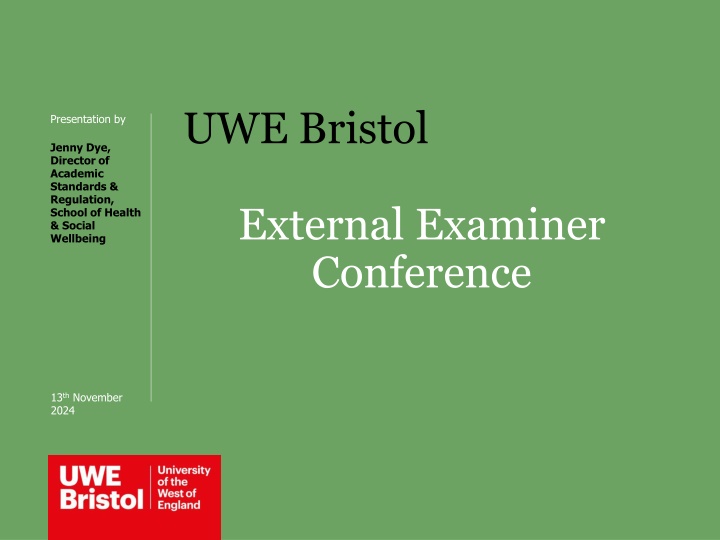
Field and Chief External Examiner Roles and Responsibilities at UWE Bristol
Explore the critical roles and responsibilities of Field and Chief External Examiners at UWE Bristol, including assessment scrutiny, moderation, engagement with academic standards, and reporting. Understand their vital contributions to maintaining academic integrity and standards across various programs and institutions.
Download Presentation

Please find below an Image/Link to download the presentation.
The content on the website is provided AS IS for your information and personal use only. It may not be sold, licensed, or shared on other websites without obtaining consent from the author. If you encounter any issues during the download, it is possible that the publisher has removed the file from their server.
You are allowed to download the files provided on this website for personal or commercial use, subject to the condition that they are used lawfully. All files are the property of their respective owners.
The content on the website is provided AS IS for your information and personal use only. It may not be sold, licensed, or shared on other websites without obtaining consent from the author.
E N D
Presentation Transcript
UWE Bristol Presentation by Jenny Dye, Director of Academic Standards & Regulation, School of Health & Social Wellbeing External Examiner Conference 13thNovember 2024
External Examiners (EEs) Chief EE oversees programmes may include programmes delivered at partner institutions in UK or overseas. Field EE oversees modules may include modules delivered at partner institutions in UK or overseas. EEs will have an academic and/or practice background. All modules at FHEQ 5 and above require external examiner scrutiny. Below FHEQ 5, only if PSRB/partnership dictates is needed. Some EEs also have an External Assessor responsibility.
Roles and Responsibilities of the Chief EE Examining (Award) Board Attendance o Progression and achievement looking at individual student profiles - business o Conduct of award board o Overall assessment process and parity of approach to assessment. Annual Reporting
Roles & Responsibilities of the Field EE Ensure assessments are properly conducted (pre assessment scrutiny and post marking scrutiny) Ensure standards/levels are appropriate; consider comparative performance across range of cohorts both at UWE and at partner institutions. Report on the effectiveness of assessments. Participate in decision-making e.g. consideration of any adverse cohort circumstances Report any matters of serious concern arising from the assessments which put at risk the module standard
How are Field EEs involved; Pre assessment scrutiny of assessment tools Post assessment external moderation sampling o Cannot change marks for individual students but can suggest review discussion welcome Direct engagement with UWE to discuss issues e.g. group adverse circumstances, professional practice refers, module performance/enhancement may be through invite to a meeting, scrutiny day Provided with Module Report NB; Field EEs do not attend Examination (Award) Boards (unless a PSRB requirement or have an EA role)
Field EE activities include: Pre Assessment Scrutiny; reviewing prospectively assessment tools / rubrics / tasks / briefs via online site Post assessment external moderation; sampling the marking of student work and assessing relative to national standards o Expected documentation Placement visits for professional practice modules Consider student feedback e.g. module reports/ student survey Acting as a critical friend to the module / programme team o External reviewer (additional contract) Writing an Annual Report for the University
Operational Matters Move to one tier examination board system (international partners to transition in 2025-26) field board meeting not convened but otherwise same administrative processes being undertaken Direct liaison with ML; for pre assessment scrutiny, post marking scrutiny (system to be demonstrated in later session) ultimately to also house module reports Concerns discussed between EE and ML earlier with oversight from member of School Executive as required Enhancement/analysis of module performance captured through more direct means at programme or subject level; for example may be through a scrutiny event, through invitation to a programme meeting, through an Enhancement Board.
Regulations 1. 48 hour late submission window 2. Reasonable adjustments eg: Extensions Alternative assessments 3. Group Adverse Circumstances 4. Assessment Offences 5. Normally 4 opportunities 6. Other policies
Case Study Exam paper consisting of 4 compulsory questions. Some key module content not delivered/poorly delivered. Concerns raised by students post exam. What are your questions/considerations?
Options 1. No action required mark as normal 2. Null and void students redo new exam paper 3. Exclude marks for identified questions 4. Award all students all/part marks for identified questions 5. Apply uplift to all students - %age of mark achieved or set number of marks 6. Something else ..
Analysis; process and action 1.What is the evidence? 2.Does the evidence support the concern? i. E.g. Analysis of student performance current and comparable cohorts 3.What is the impact? 4.If a potential impact is agreed should any action be taken? 5.If yes, what actions are available?
Possible actions (needs EE discussion and School Executive oversight) Examples of actions available; o mark uplift - %age versus actual Impact of changing marks fail Rigour; have LO s, professional standards been met Mark reduction Weighting of tasks o No action o Null and void (new assessment) pass
Assessment and Feedback Policy Quality processes related to assessment setting and marking will be found in the Assessment and Feedback Policy Separate Policy and Guidance Documents o Principles o Internal marking options o Moderation requirements Guidance on sample selected o Links to annual monitoring
Assessment and Feedback Policy External moderation summary; EE sample moderation; 10% of cohort scripts; min 6 max 12. Across a range of markers/boundaries. Where EE has oversight of collaborative provision they should also receive a sample as above, clearly identified as collaborative provision. ML to select sample to meet UWE policy but EE can request to see more No requirement to review all refers/resits/retakes.



